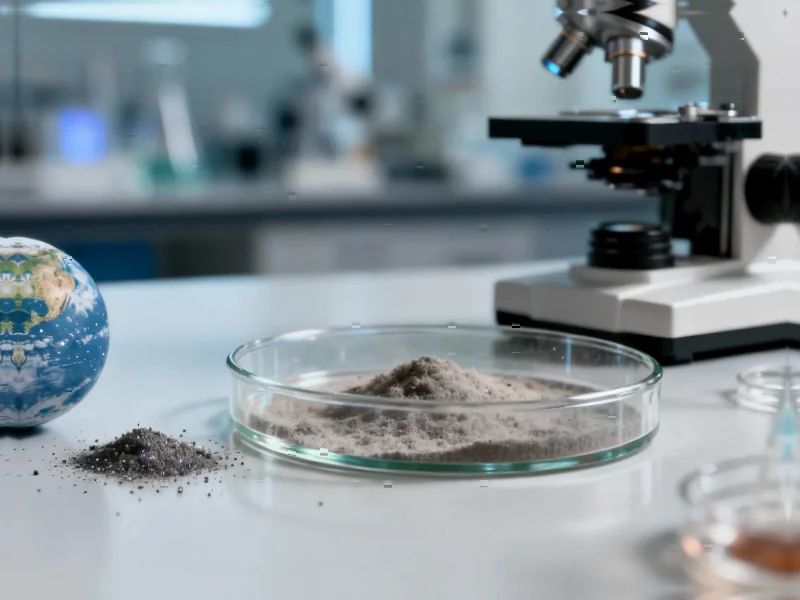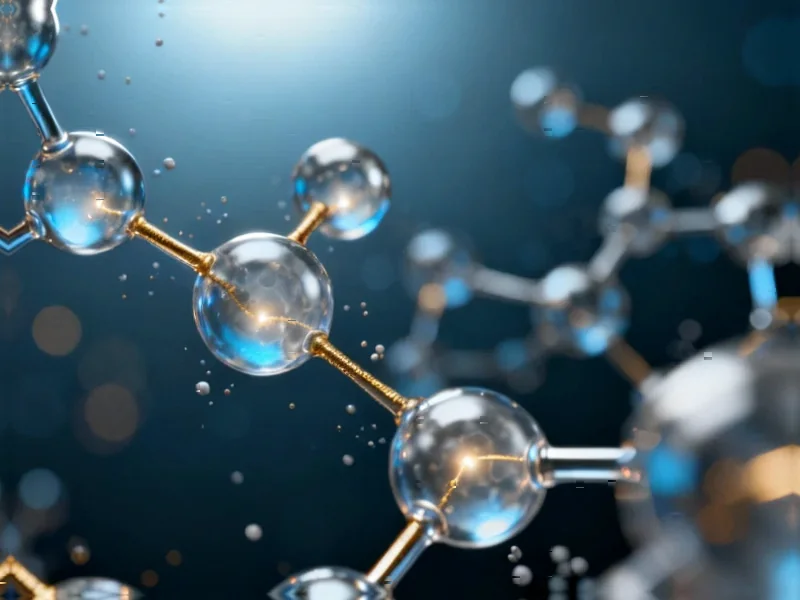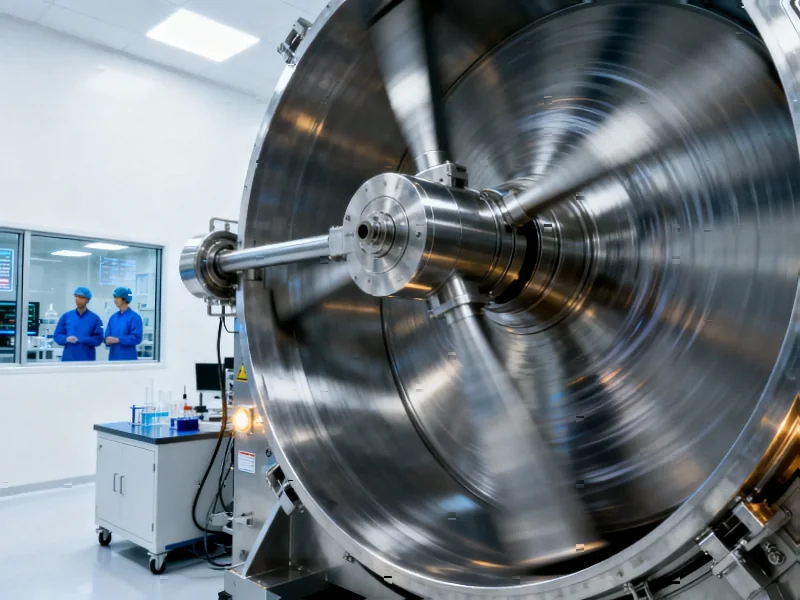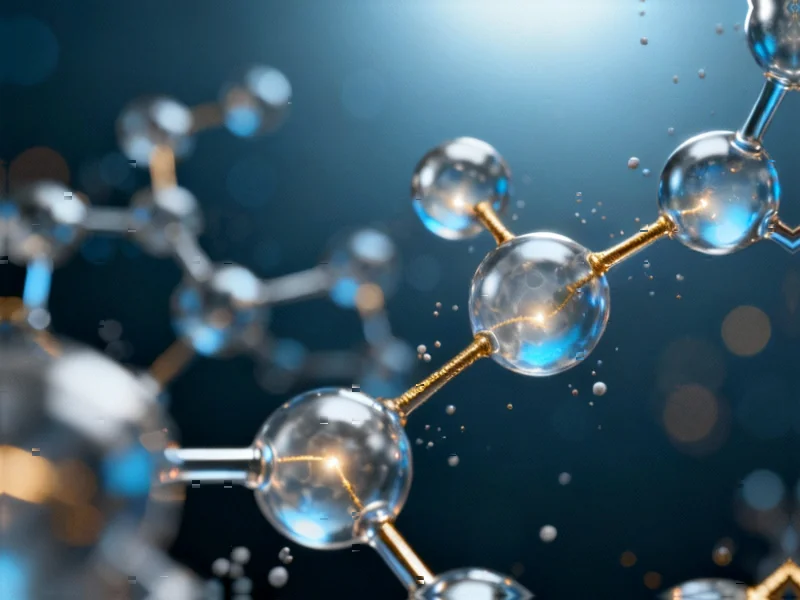Australian Deep-Sea Expedition Uncovers Miniature Crab and Bioluminescent Shark Species
Researchers from Australia’s national science agency have identified remarkable new marine species in previously unexplored deep waters. The discoveries include a semi-transparent crab comparable in size to an almond and a bioluminescent lantern shark capable of producing its own light.
Deep-Sea Exploration Reveals Hidden Marine Life
Australian scientists have uncovered previously unknown marine species during a deep-sea research expedition, according to reports from the country’s national science agency. The discoveries include a semi-transparent crab approximately the size of an almond and a small glowing lantern shark, sources indicate.









